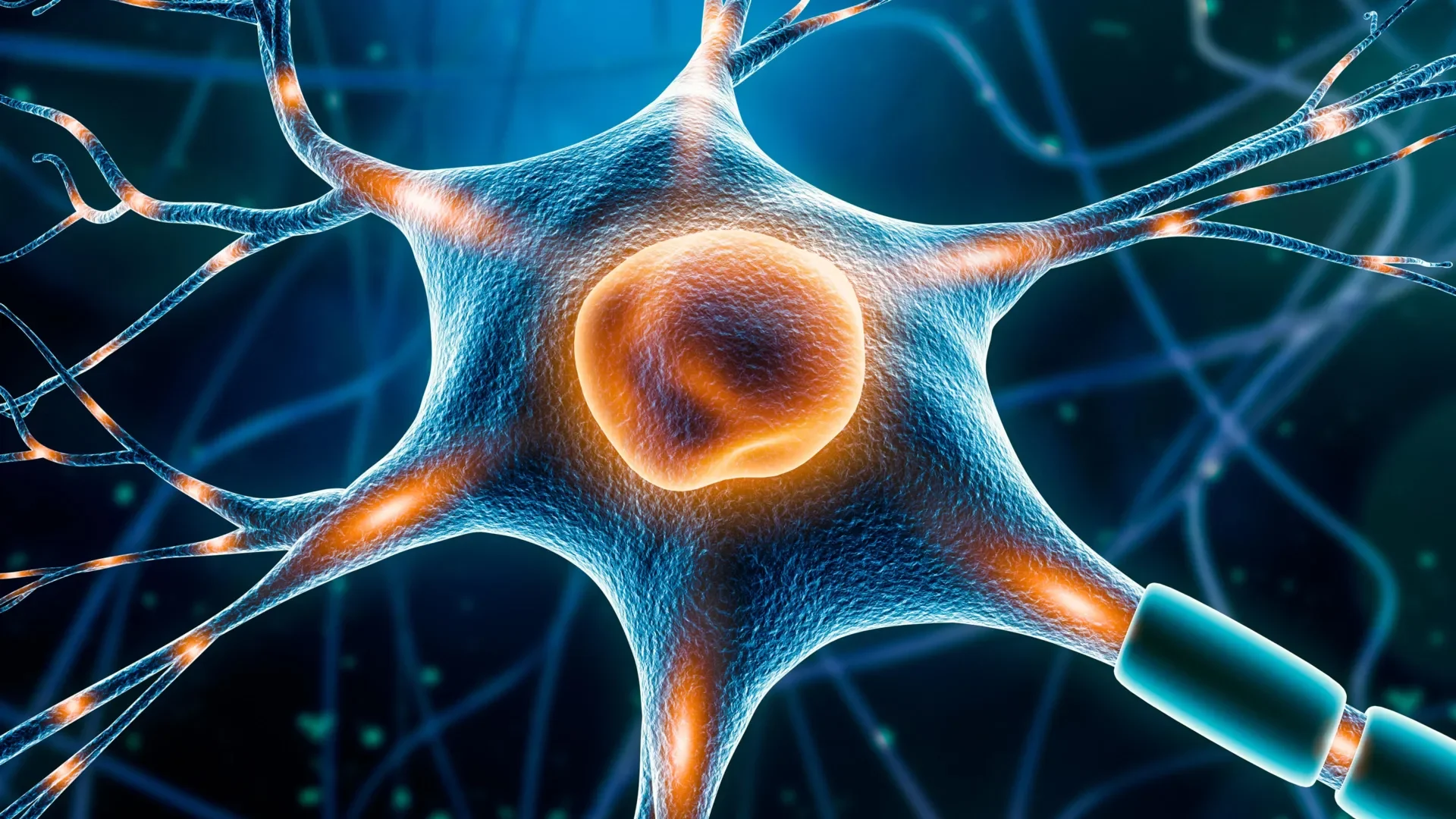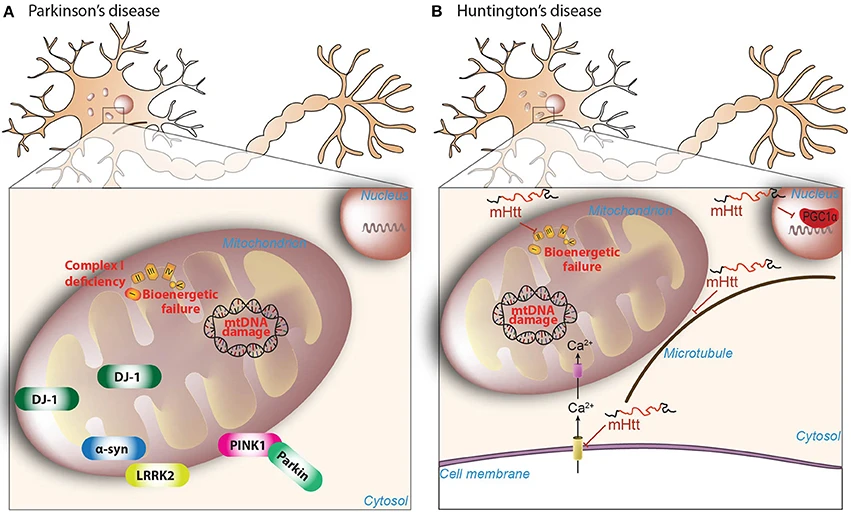Researchers have identified a critical cellular regulator, PP2A-B55alpha, that balances mitochondrial health. Inhibiting it has reversed Parkinson's symptoms in preclinical studies, opening a new avenue for neurodegenerative disease therapy.

October 5, 2025

Source:
ScienceDaily
Breakthrough in Parkinson's Research
Scientists have identified a critical cellular "power switch" that could revolutionize treatment for Parkinson’s disease and other debilitating conditions linked to mitochondrial dysfunction. The discovery, detailed in the journal Science Advances, pinpoints a regulator called PP2A-B55alpha as a key player in maintaining cellular health.
This regulator governs the lifecycle of mitochondria, the powerhouses of our cells. It controls both the removal of damaged mitochondria and the creation of new ones. In preclinical models of Parkinson's, researchers found that reducing its activity led to dramatic improvements in motor symptoms and mitochondrial health.
Mitochondrial failure in dopaminergic neurons is a primary driver of Parkinson's disease, a progressive neurodegenerative disorder affecting millions worldwide. This finding presents a promising new therapeutic target.
Keep up with the story. Subscribe to the PR+ free daily newsletter

Source:
Medical Xpress
The 'Master Switch' for Cellular Energy
The protein complex PP2A-B55alpha acts as a master switch, maintaining a delicate balance between mitochondrial cleanup (mitophagy) and production (biogenesis). This balance is crucial for cellular function, especially in high-energy-demand cells like neurons.
How It Works
The research, led by Professor Francesco Cecconi, reveals a dual-action mechanism:
Clearing Damage: PP2A-B55alpha regulates Parkin, a protein essential for tagging damaged mitochondria for disposal. By controlling Parkin, it ensures the cell's quality control system works efficiently.
Building Anew: It also influences the creation of new mitochondria by managing the stability of a repressor protein named PARIS, which in turn controls the master biogenesis factor PGC1α.
Success in Preclinical Models
In studies using Drosophila melanogaster (fruit flies) bred to have Parkinson's-like conditions, inhibiting PP2A-B55alpha yielded significant results. The models showed restored motor function and healthier mitochondrial structures, providing strong evidence of the regulator's therapeutic potential.
Read More

Source:
Frontiers
Share this news:




















